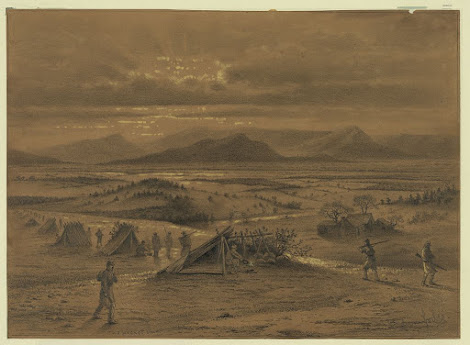Someone said, "The Emancipation Proclamation didn't really free any slaves."
Where This Comes Up
Conversations often revert back to whether or not the War was really about slavery. Because the Emancipation Proclamation was central to the War, the particulars about who was freed, where, and when are important.
When This Started
When the preliminary Emancipation Proclamation was released September 1862.
What Part Is True
The Emancipation Proclamation only freed people enslaved in areas "under rebellion." That means that slavery was practiced in the Union until the end of the War.
Why It's Complicated
- If you believe that the Union had no control over the Confederate States, then the Emancipation Proclamation didn't free anybody.
- There was an understanding that the War would end in the total abolition of slavery, including in slaveholding Union states. Even at the time, people were quoting Lincoln's "House Divided" Speech: "I believe this government cannot endure, permanently half slave and half free."
- The Emancipation Proclamation may have been ignored by Confederate slaveholders, but it wasn't ignored by enslaved people. The Proclamation invited formerly enslaved Americans to support the Union cause and bolstered the growing trend of self-emancipation.
- Even in Civil War depictions in popular culture, the Union coming through town meant liberation, even if individual soldiers were sometimes seen as profiteers.
- Abolitionists saw it as a document of liberation.
Who Talked About It
“’Free forever’ oh! long enslaved millions, whose cries have so vexed the air and sky, suffer on a few more days in sorrow, the hour of your deliverance draws nigh!”
Frederick Douglass, January 1863
Click Here to read the complete "House Divided" speech.
Click Here to read the Emancipation Proclamation in full.

Comments
Post a Comment